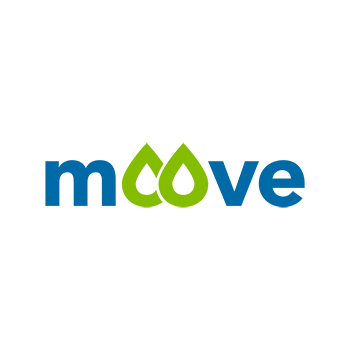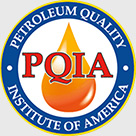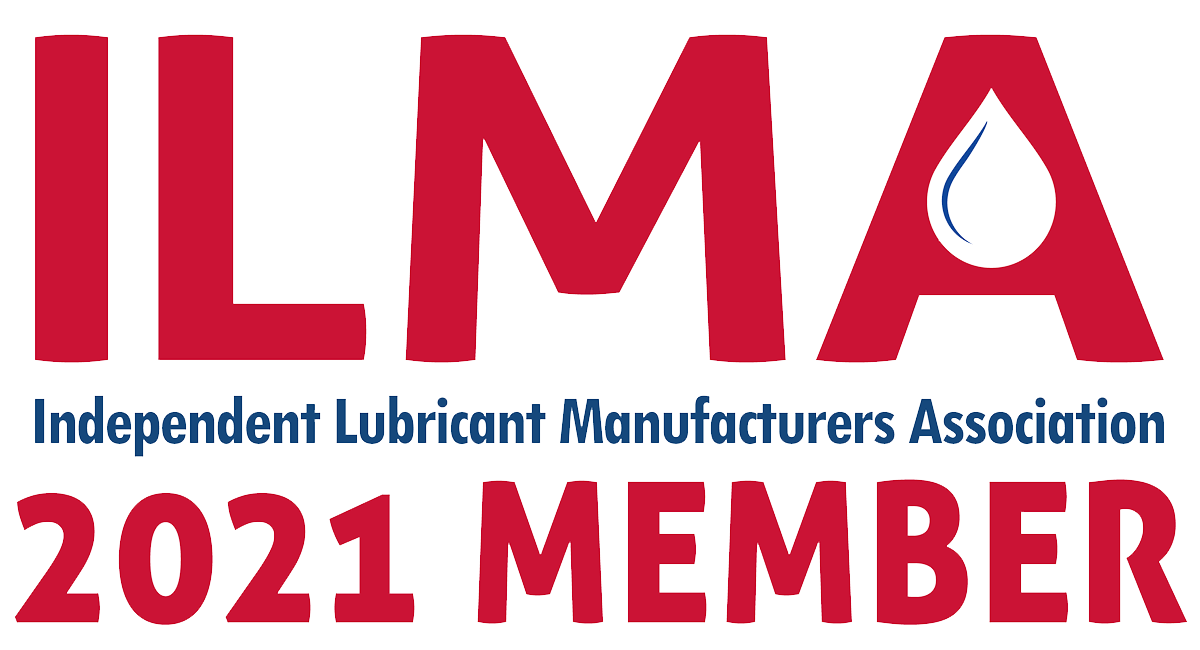
Tag Archives: Oil


Brazil’s Cosan subsidiary Moove acquires U.S. PetroChoice Lubrication

King of Prussia motor oil distributor acquired by Brazilian company for $479M

Moove Acquires PetroChoice from Golden Gate Capital
São Paulo, King of Prussia, PA and San Francisco – May 23, 2022 – Cosan S.A. (B3:CSAN3; NYSE: CSAN), one of Brazil’s largest business groups with investments in energy and logistics and revenue of approximately $23 billion, today announced that its subsidiary Moove, a leading global producer and distributor of lubricants and base oils, acquired PetroChoice Lubrication Solutions (“PetroChoice”) from Golden Gate Capital for $479 million.
PetroChoice is the largest distributor and manufacturer of value-added lubricant solutions in the United States, delivering approximately 62 million gallons annually to the industrial, commercial, and passenger vehicle customer segments. PetroChoice has an extensive and high-quality product offering including Mobil lubricants, as well as several licensed proprietary brands including Medallion Plus, Dyna-Plex 21C and Eco Ultra. Headquartered in King of Prussia, Pennsylvania, PetroChoice operates more than 50 strategically located distribution centers across 25 states.
The acquisition establishes a market-leading presence and distribution footprint for Moove in the $33 billion U.S. lubricants market. Moove will leverage its lubes market expertise, technology, manufacturing capabilities and investment capabilities to support the continued development of PetroChoice and its growth plans. PetroChoice is poised to benefit from favorable end-market dynamics such as shifting regulatory trends and consumer preferences that are driving synthetic lubricants market growth.
Filipe Affonso Ferreira, CEO of Moove, said, “PetroChoice serves as a major cornerstone for our global growth plans and this acquisition helps Moove establish a market-leading position in the large and growing U.S. lubricant market. We have been deeply impressed by the PetroChoice team’s strong execution and strategy of consolidating smaller regional players to create an integrated, centralized, and scalable operating model with strong brand recognition. We look forward to onboarding the PetroChoice team and to future success in developing the business.”
Felix Lo, a Managing Director for Golden Gate Capital, said, “We have enjoyed a successful partnership with PetroChoice and are proud to have helped the company become the clear market leader it is today. Since 2015, we have supported the company with the pursuit of several strategic areas of focus, including footprint expansion, full deployment of its leading-edge technologies, growing its premium and proprietary brand offerings, strengthening its key partnerships, and executing complementary acquisitions. Throughout the course of our ownership, we have held discussions with Moove management about the clear strategic fit between these two businesses and we are confident that Moove has strong expertise to build on PetroChoice’s existing momentum and continue to grow the business.”
Moelis & Company LLC served as financial advisor and Reed Smith LLP and Kirkland & Ellis LLP served as legal advisors to PetroChoice and Golden Gate Capital. Jefferies served as financial advisor and Paul Hastings LLP served as legal advisor to Moove.
About Moove
A global reference in lubricants, Moove is one of the largest producers and distributors of lubricants and base oils in Brazil and other countries in South America (Argentina, Bolivia, Uruguay, and Paraguay), as well as in Europe (United Kingdom, Spain, Portugal, and France) and the United States. Part of the Cosan Group, the company, offers its specialized lubrication products and services that are essential for moving and providing greater efficiency in industrial equipment and commercial and passenger vehicles.
About PetroChoice
PetroChoice is the largest lubricant distributor in the United States, providing business solutions for industrial lubricant needs and commercial and passenger car motor oil. The company, headquartered in King of Prussia, Pennsylvania, operates 54 locations across the U.S. and employs some of the nation’s most knowledgeable technical experts in lubrication services and equipment. For more information, please visit PetroChoice.com.
About Golden Gate Capital
Golden Gate Capital is a San Francisco-based private equity investment firm with over $19 billion in cumulative committed capital. The principals of Golden Gate Capital have a long and successful history of investing across a wide range of industries and transaction types, including going-privates, corporate divestitures, and recapitalizations, as well as debt and public equity investments. Notable investments sponsored by Golden Gate Capital include Antylia Scientific, Vantage Elevator Solutions, and Humanetics. For more information, visit www.goldengatecap.com.
Contacts
Moove
Press Office: Mosaike
Thais@mosaike.com.br
Jamila.araujo@mosaike.com.br
Golden Gate Capital
Hayley Cook / Anne Nisperos Hew / Elizabeth Lake
GoldenGate-SVC@sardverb.com
Drilled But Uncompleted Wells On the Rise
The U.S. Energy Information Administration (EIA)’s monthly drilling report revealed a continuing increase in drilled but uncompleted wells, a trend that began in 2016.
According to the report, there were 8,500 drilled but uncompleted wells, or DUCs, in March of 2019. That was an increase of 26 percent year over year. DUCs include wells where drilling has been finished, but other processes required for production are not yet complete. A majority of these DUCs are oil wells located in the Permian Basin.
Read More: Study Shows Substantial Number of Bridges in Need of Major Repair
While DUCs have been on the rise in areas more closely tied to oil, they have declined in more natural gas-dominated areas. DUCs in the Appalachian and Haynesville regions have been cut almost in half over the pas three years.
Goldman Sachs Cuts Average Oil Price Forecast
Citing an increase in production and growth in the American shale market, Goldman Sachs significantly reduced its average oil price forecast for 2019.
According to reports, Goldman is now predicting and average price of $62.50 a barrel for Brent crude this year. They had initially predicted prices would average around $70. A statement from the bank called out higher inventory levels combined with reducing growth. West Texas Intermediate crude forecasts were also reduced from $64.50 to $55.50.
Despite the more pessimistic forecast, oil prices have begun to creep up after dropping to end 2018. Both Brent and WTI saw about 2 percent per-barrel price increases.
BP to Consider Selling $6 Billion in Assets
After it’s acquisition of BHP Billiton’s oil and natural gas assets in July, oil giant BP PLC is considering selling some of its wells in the United States.
According to Reuters, BP, based in England, purchased the assets of Australia’s BHP Billiton for $10.5 Billion in July. Reports indicated BP could unload up to $6 billion in assets from its fields in Colorado, New Mexico, Texas, Oklahoma and Wyoming. The organization wants to focus more on assets with higher returns and buy back some of its stock.
Related: Learn more about PetroChoice’s products and services for shale and natural gas
The acquisition was the company’s biggest since 1999, when they purchased Atlantic Richfield Co.
A Quick Guide to Reading your Oil Analysis Report
Oil analysis can go a long way towards extending the life of your lubricant and equipment. Because it is such a valuable tool, understanding how to read your oil analysis report is critical.
An oil analysis report contains a lot of data that can tell you a lot about your equipment, lubricant and processes. Each of the items detected can help you determine what contaminants have infiltrated your system.
“Dirt, antifreeze, fuel, soot and water, those are the primary contaminants that we see,” Mike Wyant, Director of Technical Services for PetroChoice, said.
While some of those contaminants will show up on the report directly, others will need to be determined by reading a little deeper. The report will contain a section on wear metals by weight in parts, per million, as well as readings for additive metals and physical and chemical data. For reference, let’s look at a sample report from PetroChoice’s Engine Guard program:
According to Wyant, this report would indicate dirt contamination, as the levels of silica are elevated beyond a reasonable threshold. You could also determine the sample in question is not contaminated with antifreeze, as sodium and potassium are at normal levels and tests for ethylene glycol came back negative. Usually, a report will suggest corrective action to help mitigate the level of contamination. While all the categories are important, Wyant recommended focusing on the wear metal readings first.
“Wear metals will probably end up being the most critical,” he said. “Confirm the report pertains to your equipment, then look for excess metals and contaminants.”
While understanding the level of contaminants in your sample is important, being able to take action based on the results you receive is what makes oil analysis so important. Different metals or other contaminants found in a sample can point to an equipment problem.
“Dirt is probably the most common,” Wyant said. “It usually indicates a bad air filter or no air filter. Water is probably next most common, usually the result of a bad seal or open fill cap.”
Of course, no two samples are going to be identical. Different additive packages can cause some lubricants to have higher concentration of some materials than others. Some pieces of equipment wear down faster than others and some contaminants are unavoidable in certain applications. This makes consistent testing important, as it will allow you to recognize trends in your samples and act preemptively.
Supply Losses Could Strain Spare Production Capacity
Crude oil supply losses could result in some OPEC nations having to draw from their spare production capacities, according to the International Energy Agency (IEA).
In its monthly report, the Paris-based IEA said disruptions in Venezuela, Iran and Libya will require other oil producing countries to increase their output. Covering the shortage in supply will most likely fall on Saudi Arabia, which already instated its largest output increase in three years last month.
Related: Learn more about PetroChoice’s oil products
This increase will have a drastic impact on the kingdom’s spare production capacity, which is usually left untouched in case of emergencies. The IEA, which oversees the release of these emergency stockpiles, has continued to express concerns over the potential issues further production could cause.
With ILSAC GF-6 Years Away, New API Oil Classification Aims to Curb LSPI
 Products with the American Petroleum Institute (API)’s newest passenger car motor oil classification, API SN Plus, have begun to hit the market.
Products with the American Petroleum Institute (API)’s newest passenger car motor oil classification, API SN Plus, have begun to hit the market.
The new sub-classification was proposed in November 2017 at a meeting of the group’s lubricant division in Detroit. Licensing for the new classification began on May 1 and any marketer who wants to apply for licensing must do so through the API website. The new classification was created at the request of automakers, who were concerned about repeated delays to the ILSAC GF-6 classification upgrade. Originally slated to come to market in 2016, GF-6 will likely not be available for licensing until 2020.
Related: Learn more about PetroChoice’s Engine Oil Products
The primary function of the upgrade is to reduce incidences of low speed pre-ignition (LSPI), a premature ignition of the main fuel charge that can occur in gasoline engines. These random events are most common in turbocharged direct-injection vehicles. Many researchers believe that engine oils can help prevent that from happening.
“The upgrade allows for better control over LSPI,” Mike Wyant, Director of Technical Services for PetroChoice, said. “The step change happened now because the next license category upgrade, ILSAC GF-6, wasn’t going to occur for another couple of years. OEMs felt they needed the LSPI remediation much sooner.”
Wyant said a change in the additive package is what separates SN Plus lubricants from their SN predecessors.
“There’s a chemical adjustment with the detergency that reduces the calcium content and requires the increase of another element, typically Magnesium, that allows for the reduction of the frequency of LSPI,” Wyant said. “There are also gains in turbo charger protection as well.”
While the change in additive package may have an impact on pricing, it is unlikely to be drastic. Wyant said lubricant manufacturers can begin creating products that fit within the guidelines for SN Plus by simply changing the additive package, although he did stress the need for updating the licensing for any already existing products.
“There will be few changes for manufacturers. Merely switching to an SN Plus compliant additive package will take care of the issue,” Wyant said. “There is also a need for updating the API Licensing for each effected product.”
The new sub-classification was pushed heavily by manufacturers, who were concerned that LSPI problems would continue to get worse before more comprehensive new standards could be adopted.
“OEMs are the driving force behind SN Plus,” Wyant said. “Their concern over LSPI is very real and very serious. The damage caused by LSPI can destroy an engine.”




